Russian frigate Admiral Gorshkov - visiting strategic partners with a new long-range weapon
On the afternoon of 13 April 2023, the Russian frigate "Admiral Gorshkov" left the Suez Canal northwards with its support ship, the tanker "Kama". According to earlier Russian media reports, Tartus, Syria, is the next port of destination. Both units have been on a long-distance voyage since 4 January. From 17 to 26 February, they took part in the trilateral exercise "Mosi II". This was followed in mid-March by "Maritime Security Belt 23", a naval exercise organised by the Russian Federation, China and Iran in the sea area off the Iranian Chahbahar. After a stopover in Djibouti, the Russian unit headed for the Saudi city of Jeddah. It was the first port visit by Russian units...
Read More

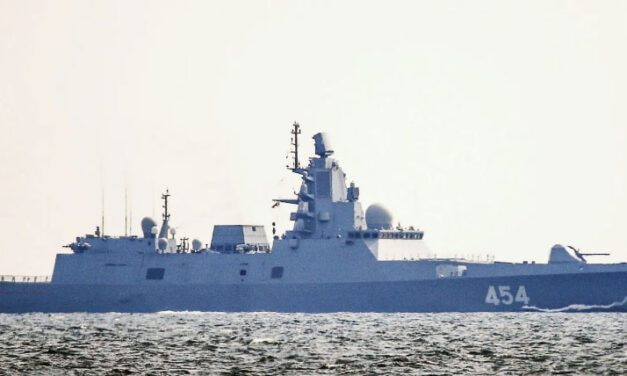
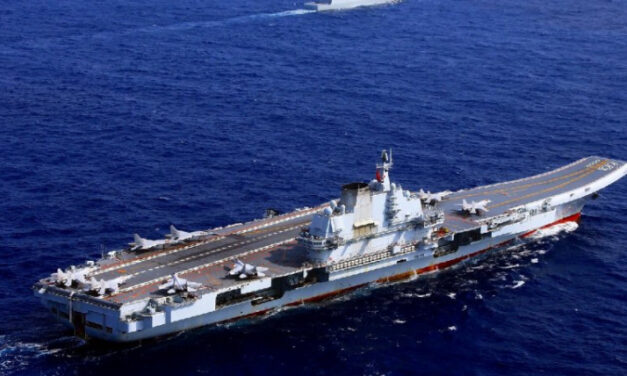
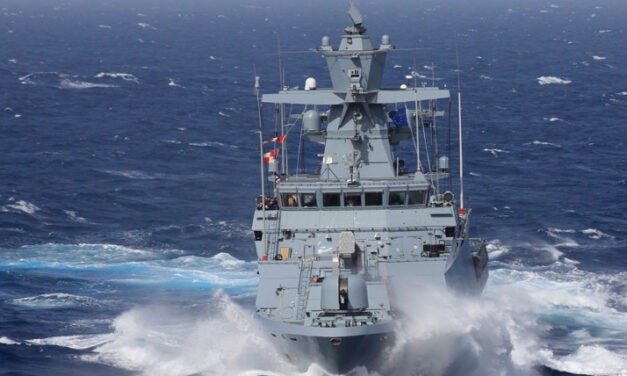
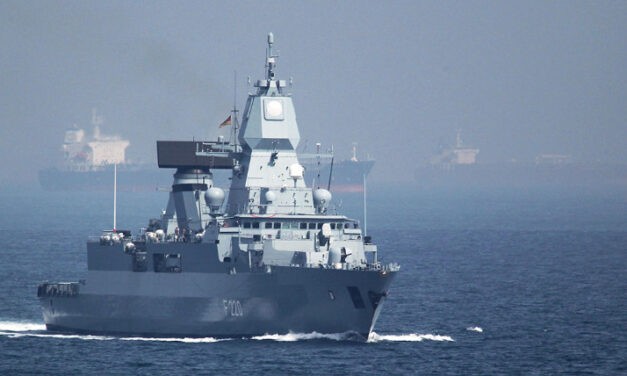
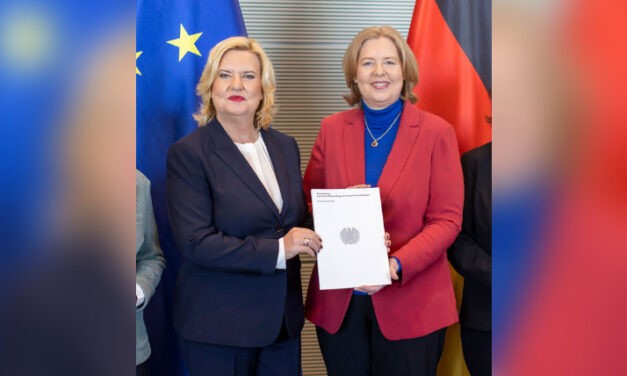
Recent Comments